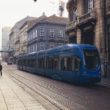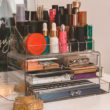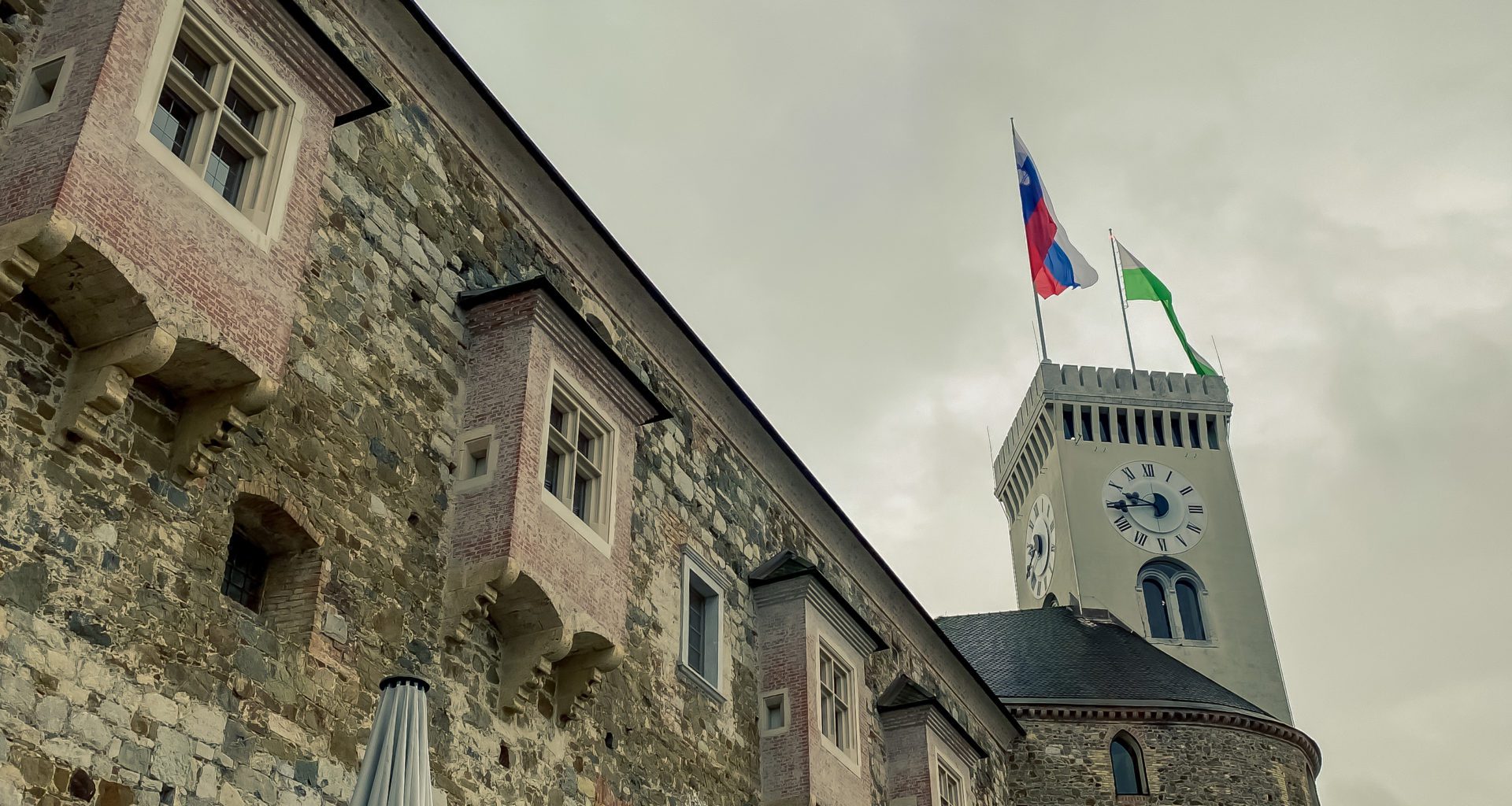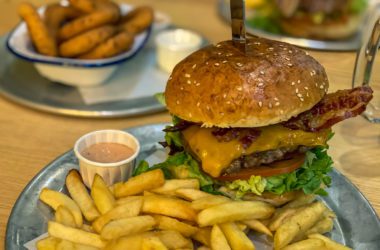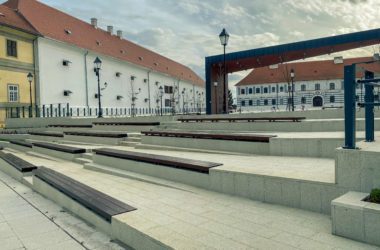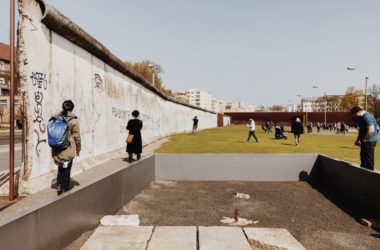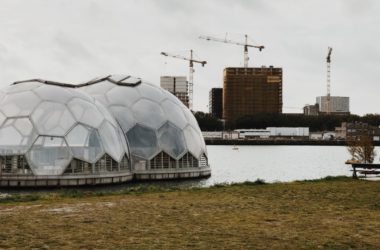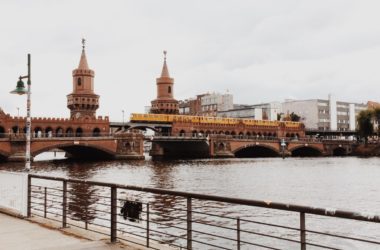Ljubljana is a small town, although it is the capital of Slovenia, so it won’t take you long to see almost everything on foot. Since Ljubljana Castle appears on the city’s coat of arms dating from the first half of the fourteenth century, it is not difficult to conclude that it has long been a symbol of the city. The dominant position of the castle certainly attracts the attention of all the people who visit the city and this is the main reason why it has become a symbol of the city.
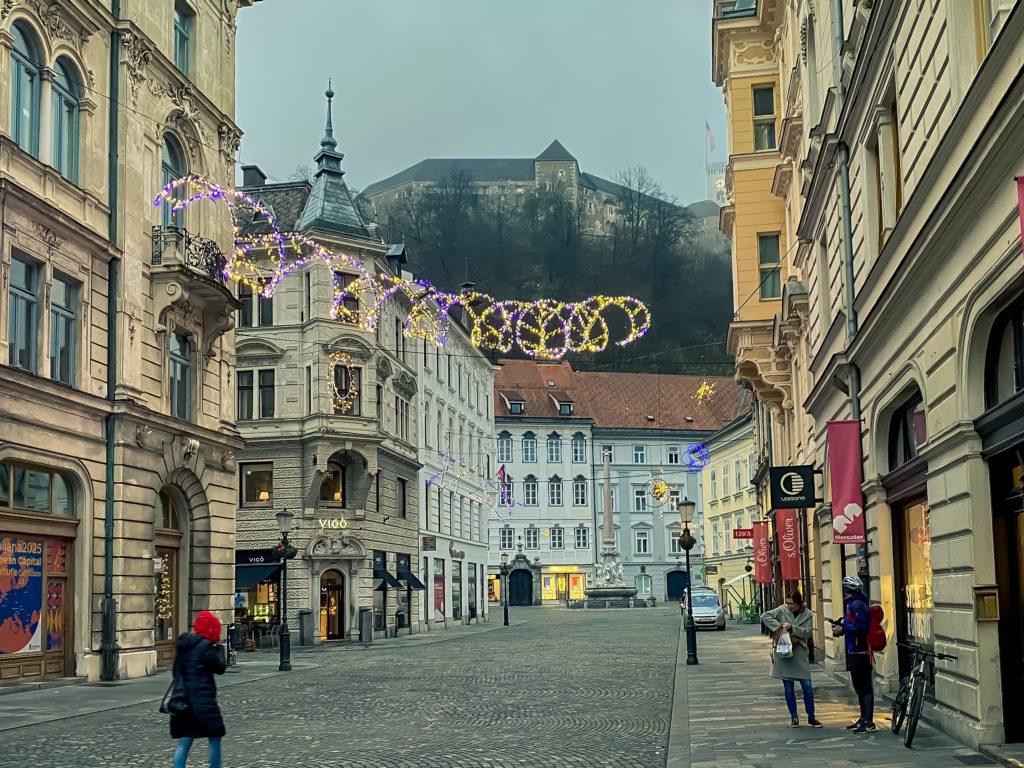
Actually, the view of this fort from the city center is great because of its large size. Today the castle is an attractive tourist place and hosts a large number of cultural events, weddings, concerts, exhibitions, congresses, etc.
How to get to the castle?
There are 2 ways to the top. The first is to use the funicular and the second to hike. If you choose the first option you will have to pay 4 euros for a return ticket. The funicular was built in 2006 and its length is 117 meters. If you decide to hike, it will take less than 10 minutes. The road is not too steep. The entrance to the courtyard is free, and then you can decide what you want to do – have a coffee in the courtyard or go to visit the complex of the whole castle. The ticket price is 10 euros.
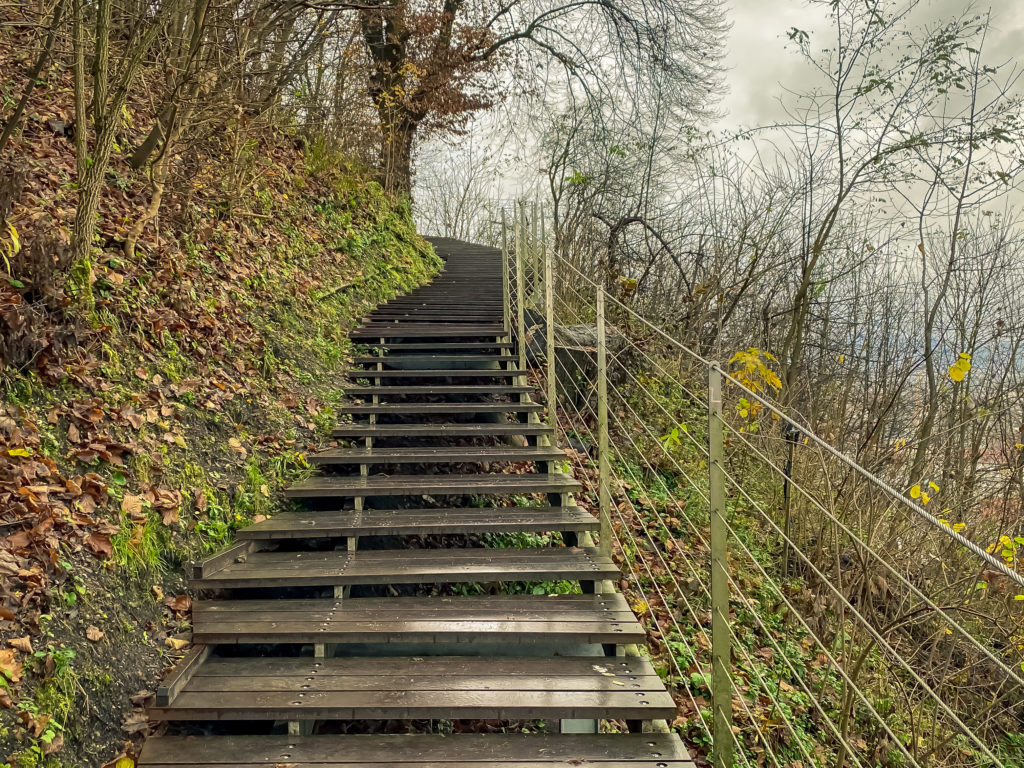
History of the Ljubljana castle
The castle itself dates from the 11th and 12th centuries. It was a medieval fortress, later a great stronghold for the Slovenian rulers of Carniola and then for the Austrian Habsburgs. It was almost completely destroyed in the 15th century. It was then rebuilt in the 16th and 17th centuries as a fort against the Ottomans. In the 19th century, it housed a prison, which remained there until the end of the First World War.
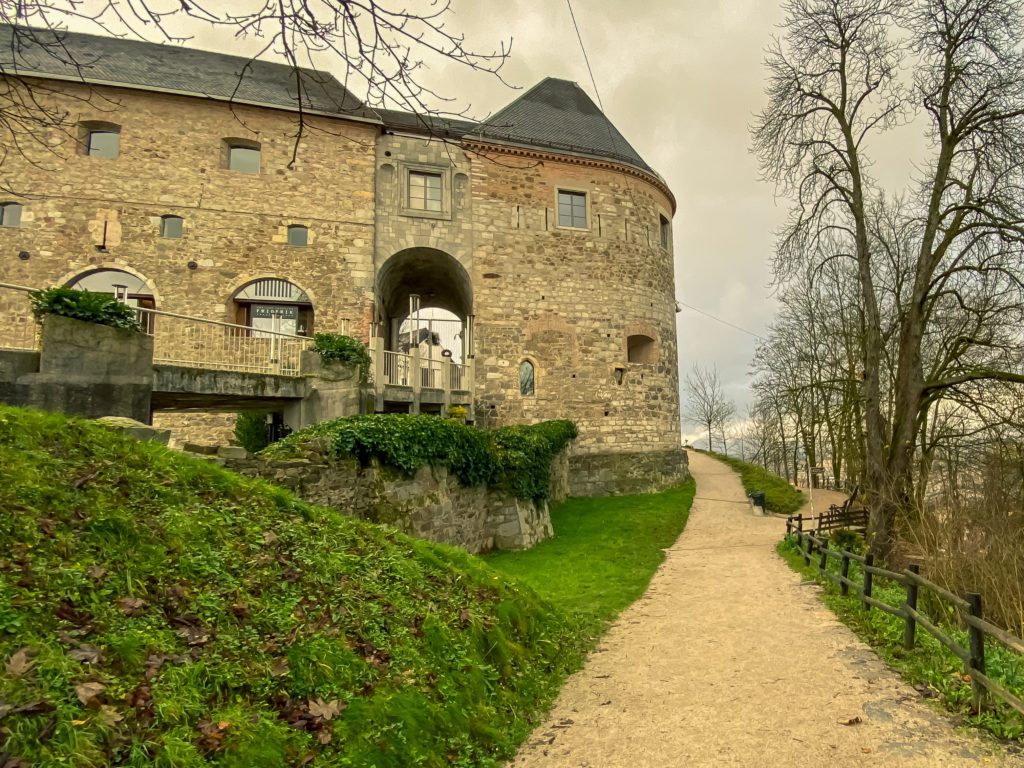
In the early 20th century, when it became the property of the city of Ljubljana, homeless people moved into it. Its renovation began in the 80s of the last century. Today, Ljubljana Castle is a great blend of old and new, restored in a lovely way. Today, there are restaurants, shops, and museums.

Architecture
The present entrance to the castle is a bridge, built in the seventeenth century when the castle wall was broken in this part. The towers, of course, are beautiful elements of the castle, especially the Panoramic Tower, which offers fantastic views. Apart from the view of the city, you can see the top of the Alps as well as the nearby hills. The complex also consists of the Erasmus Tower, Archers’ Tower and Pentagonal Tower. The most interesting parts of the castle are in any case is Kazemate, Rock Hall and above all the Castle Chapel of St George, a beautiful small temple in Baroque style.

Puppet Museum
Our favorite part of the Slovenian city was the Puppet Museum, full of great puppets and technical wizardry. Honestly, this museum sounded to me like something to avoid, but after the initial part, it actually became really interesting. Some of the dolls are more like models and it was interesting to see how they were used to tell stories throughout Slovenia’s history. There is one interactive part where you could pretend to hold their puppet show. The whole exhibit shows the evolution of primitive folk theater to modern adult puppetry. The museum is interactive and I think, it’s interesting for the kids.
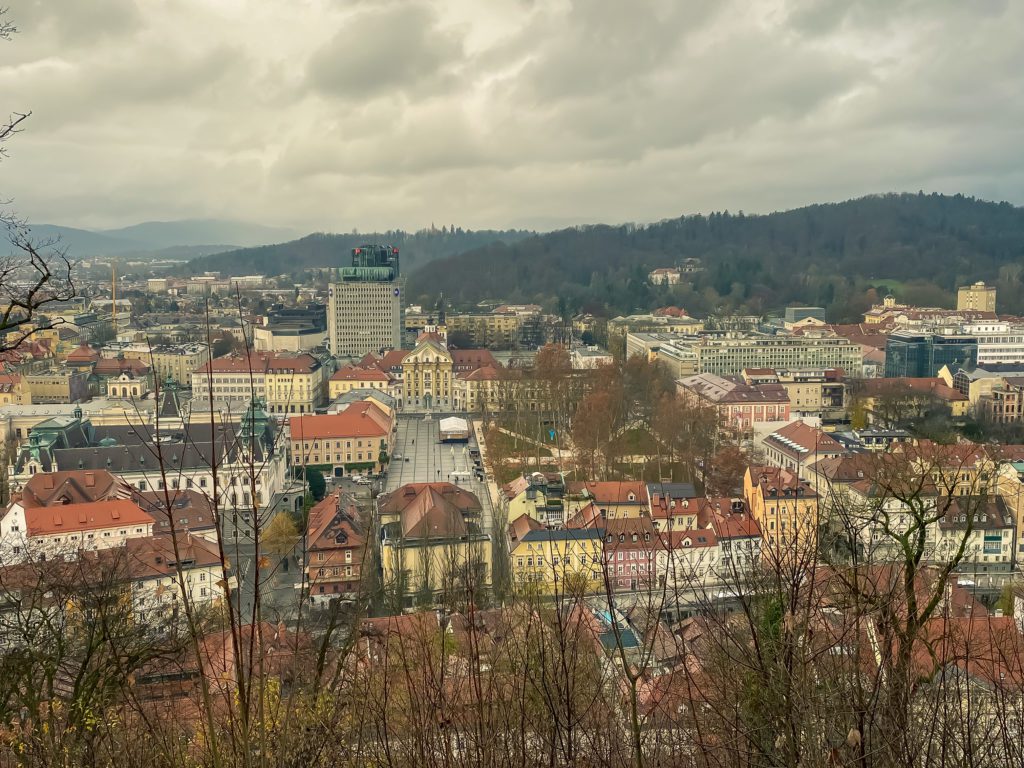
The exhibition Slovenian History
The highlight of the castle for us, however, was the exhibition of Slovenian History. It is spread over three levels with a modern video presentation. Recorded events of the last century make very interesting documentaries. For example, it was fascinating to find out how the Austro-Hungarian Empire treated the Slovenes. The area dedicated to the dragon myth in Slovenia is a true gem of a castle, interesting to both adults and children, with many a myth to listen to, a challenging puzzle and some historical facts.
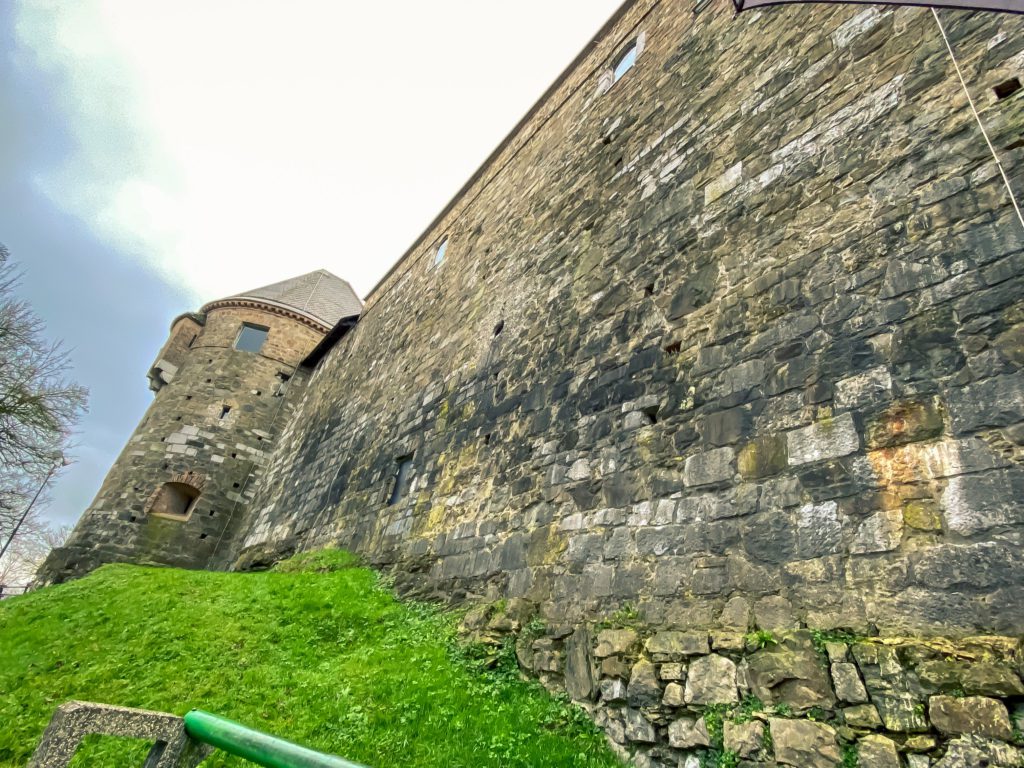
Find out more information about Ljubljana Castle on:


